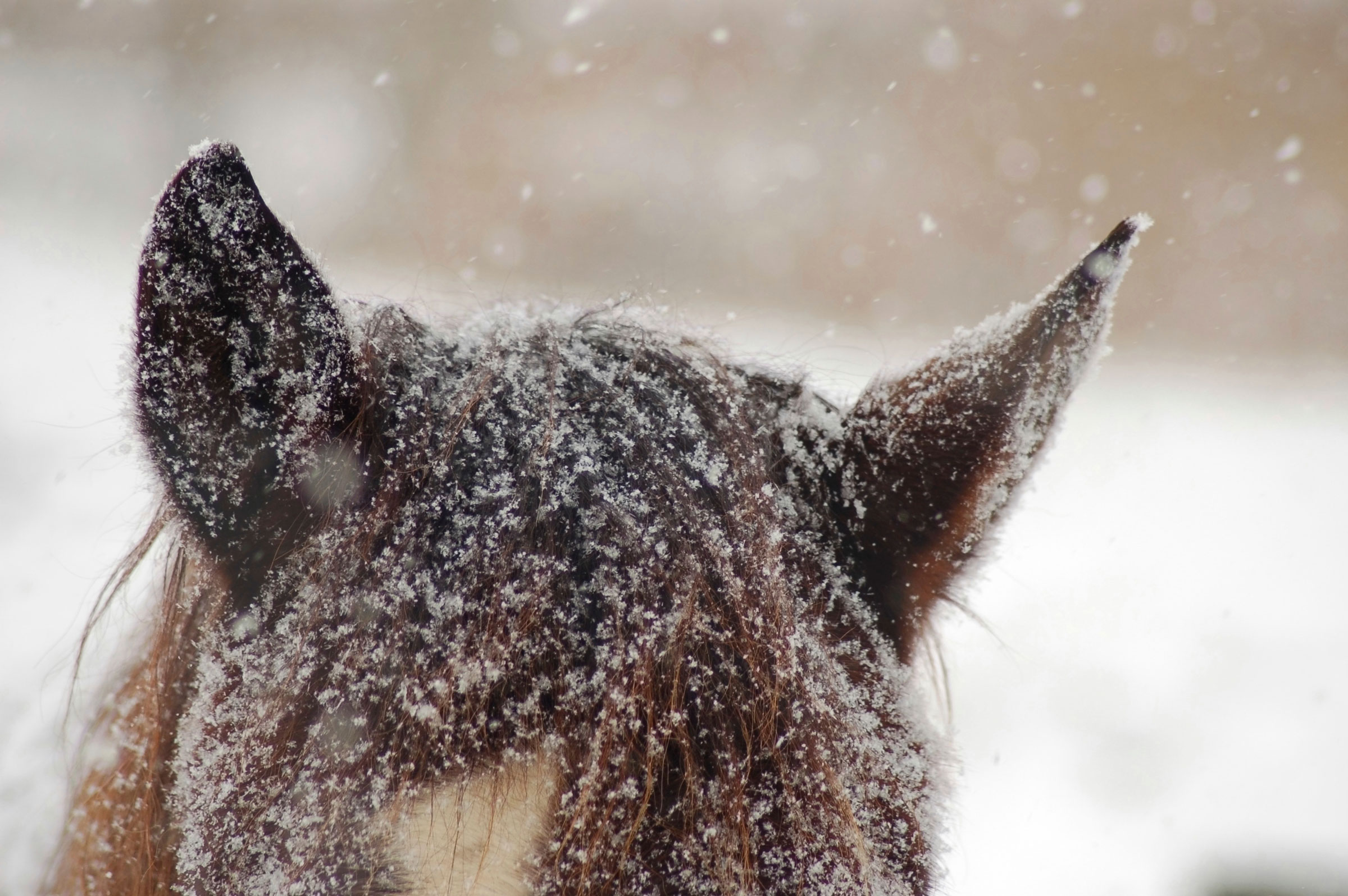
Steps taken to ensure the health and welfare of horses within a facility are critical to upholding standards of care that speak to responsible management. Attention needs to be paid not only to the physical wellbeing of the horses stabled on a property, but also to their social environment. There are many recommended standards of care, but here we will discuss the most basic essentials.
To begin, there is the necessity of adequate food amounts and quality, with a general recommendation that horses receive 1 – 1 ½ percent of body weight in forage every day. Exceptions to this are made when there is veterinary supervision to modify the diet. Horses that cannot maintain body condition on forage alone also might need supplemental feed. Body condition is scored based on the Henneke scoring system (https://en.wikipedia.org/wiki/Henneke_horse_body_condition_scoring_system) that ranges from 1 to 9; an ideal body condition is scored at 5.
Clean and available ice-free water is essential for basic health. Each horse needs a minimum of 5-12 gallons daily, and considerably more if exercised and/or during warm weather. Free-choice salt should be available.
Ideally, horses have daily turnout to freely exercise and be part of a social herd. Horses should be turned out in compatible social groups. Fencing around pastures and paddocks should be maintained in good condition and composed of safe materials. Natural windbreaks and shade formed by trees and bushes might be all that is necessary for shelter in some areas. Made-made shelter might be appropriate in harsher climates either as a run-in shed, or stabling in a stall, with the stall size sufficient—at least 12 x 12—to allow a horse to safely lie down and rise. Good ventilation should be provided in closed spaces such as barns to control temperature and to eliminate stagnant air, ammonia fumes and excess humidity.
In the horse and hay barns, fire mitigation procedures should be followed and plans in place for efficient emergency evacuation.
Regular preventive health care is an important standard of care and should include:
- Routine deworming;
- Annual or bi-annual fecal exam;
- Twice yearly immunizations that include annual administration of at least all core vaccines—Eastern and Western encephalitis, tetanus, West Nile virus, and rabies—as recommended by the American Association of Equine Practitioners (AAEP);
- Dental care;
- Coggins testing for equine infectious anemia (EIA);
- Daily monitoring for wounds or injury;
- Daily hoof cleaning to prevent bruises and infections of the foot;
- Routine farrier care every 6-8 weeks to maintain hooves in a useful condition and to enable a horse to move comfortably.
These procedures keep a horse as healthy as possible. A qualified equine veterinarian should be called without delay to examine any horse demonstrating an illness, injury or musculoskeletal issue.


